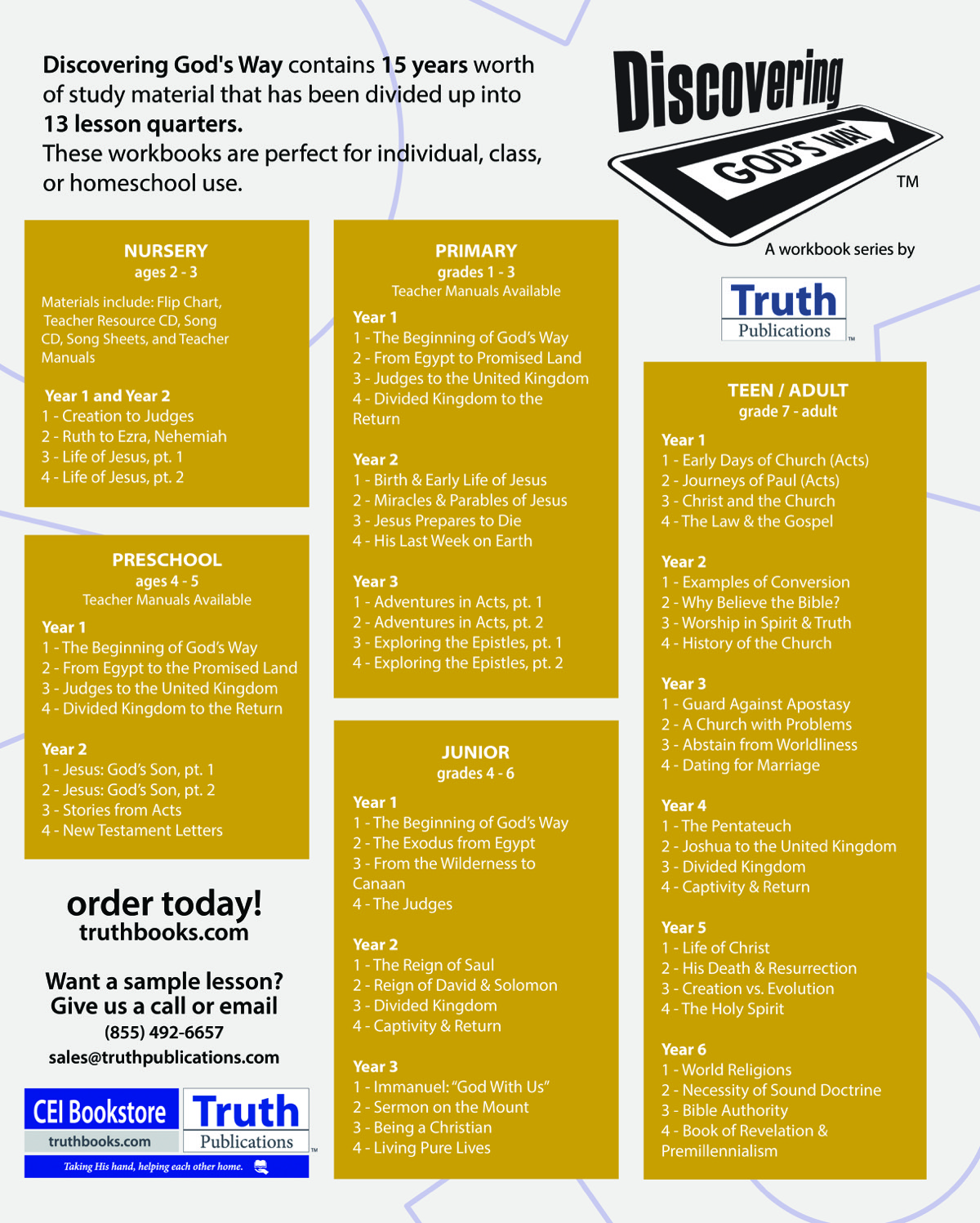
by Leon Mauldin
Synopsis: Jeremiah 18-19 uses imagery of the potter's house to communicate the concepts of God's sovereignty and man's freewill. In the broken pottery that was beyond repair, we see there can be a "point of no return."
The metaphor, “clay in the potter’s hand,” is sometimes used in the Bible to show the sovereignty of God, and His almighty power in accomplishing His plan and purpose. Such figures as the potter and the clay were familiar to those living in the biblical world, much more so than for most of us today.
In Jeremiah 18, the prophet Jeremiah was told to go to the potter’s house, where he observed an object lesson. As the potter worked the clay at his wheel, the vessel was marred. He promptly shaped it into another vessel “as it seemed good to the potter to make” (vv. 3-4). The lesson Jeremiah was to convey is stated in verse 6: “O house of Israel, can I not do with you as this potter has done? declares the LORD. Behold, like the clay in the potter’s hand, so are you in my hand, O house of Israel.” Yet, what God (the Potter) does with the clay (Israel) is not arbitrary. It depends upon Israel’s choice of obedience or rebellion (note the use of the conditional “if” in vv. 8,10). Unfortunately, Israel chose the path of rebellion: “That is hopeless! So we will walk according to our own plans, and we will every one do the imagination of his evil heart” (v. 12).
Paul employed this same figure in addressing Timothy, noting that in a great house, there are vessels of honor and dishonor. Again, we have a choice in yielding/submitting and thus becoming vessels of honor, whereas the disobedient become vessels of dishonor (2 Tim. 2:20), described as “vessels of wrath prepared for destruction” (Rom. 9:22).
In the next chapter, Jeremiah was told to make further use of pottery, to take a potter’s flask, along with some elders of Israel, to the Valley of Hinnom. There he was to break the flask and then say, “Thus says the LORD of hosts: So will I break this people and this city, as one breaks a potter’s vessel, so that it can never be mended” (Jer. 19:11). Pottery thus broken cannot be mended; it is beyond repair. This is the point Judah had reached. Though God would know and recognize each individual who repented and was loyal to Him, from a national standpoint, Judah was beyond repair. As a nation, it had reached the point of no return.
See our photo of a potter at his wheel. I took this photo at Cappadocia. Then, to illustrate the concept of pottery that is broken beyond repair, see the shot I took of brother Ferrell Jenkins at Ramat Rachel, in Israel. The site had recently been excavated; I’d never seen such a pile of broken pottery! Hopefully, these will help us visualize the events of Jeremiah 18-19.
May our one desire be to truly be obedient vessels molded by ’El Shaddai, God Almighty, used for His glory, as expressed in the words of the song, “Have Thine Own Way, Lord.”
Have Thine own way, Lord! Have Thine own way! Thou art the Potter, I am the clay. Mold me and make me after Thy will, while I am waiting, yielded and still.
Have Thine own way, Lord! Have Thine own way! Search me and try me, Master, today! Whiter than snow, Lord, wash me just now, as in Thy presence humbly I bow.
Have Thine own way, Lord! Have Thine own way! Wounded and weary, help me, I pray! Power, all power, surely is Thine! Touch me and heal me, Savior divine.
Have Thine own way, Lord! Have Thine own way! Hold o’er my being absolute sway! Fill with Thy Spirit till all shall see Christ only, always, living in me.
Mauldin, Leon. “Clay in the Potter’s Hand.” Leon’s Message Board (blog), December 7, 2011. https://leonmauldin.blog/2011/12/07/clay-in-the-potters-hand-video/.
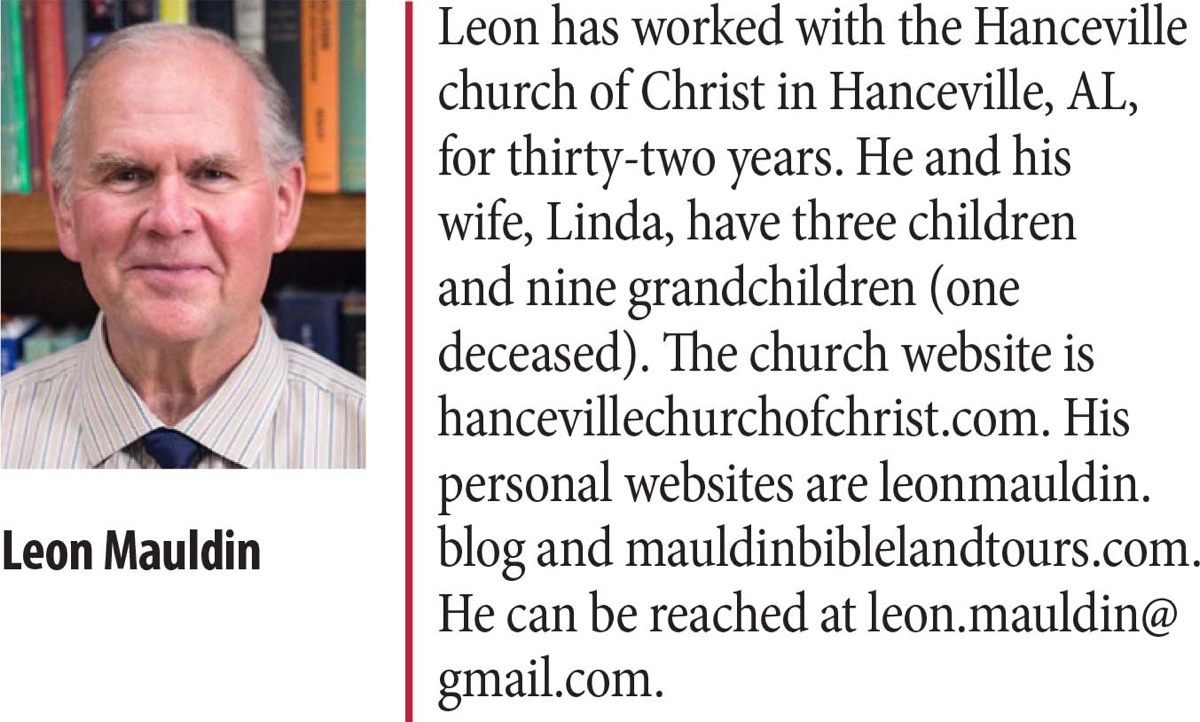
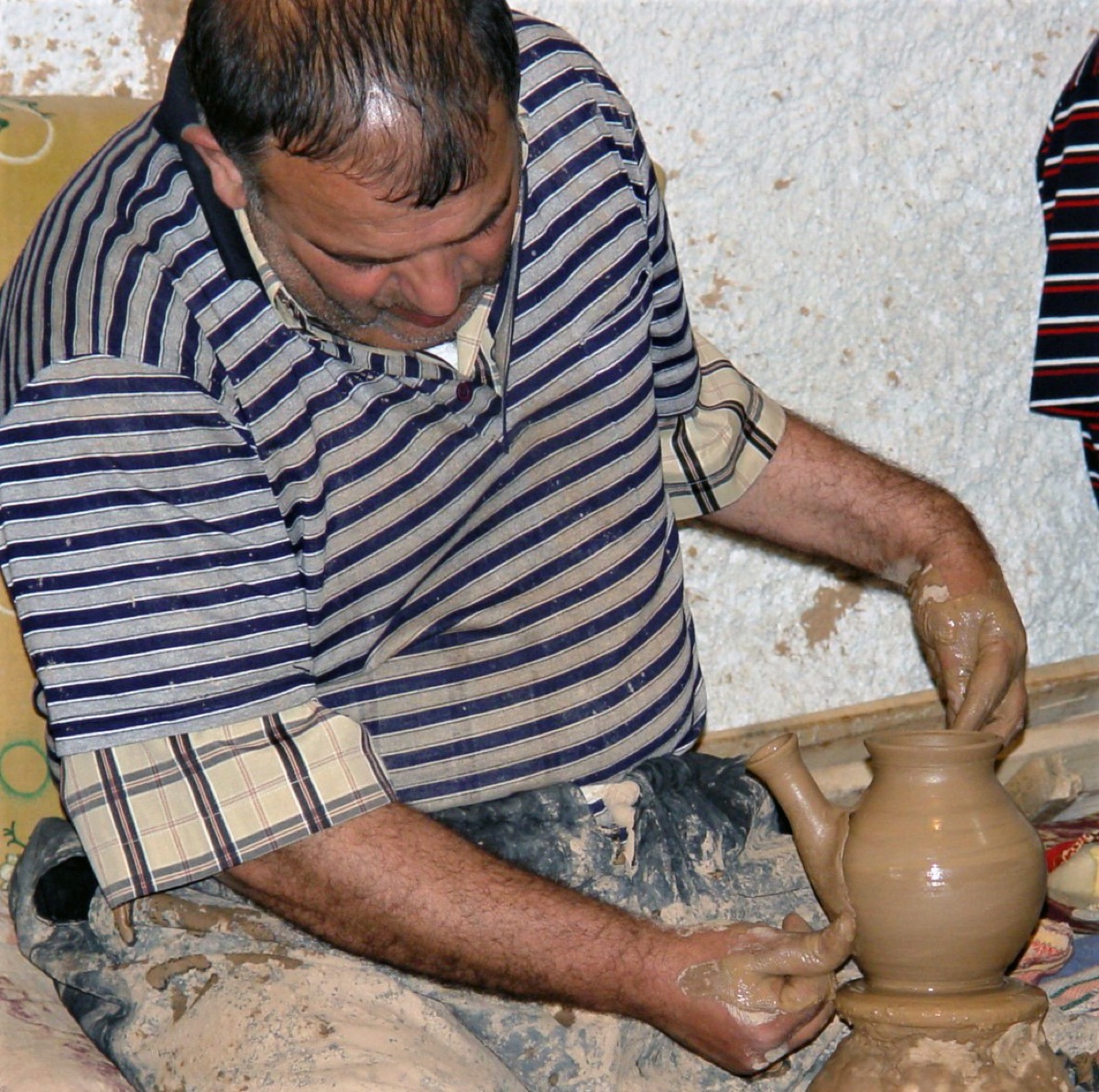
Image-1 Caption: Potter at his wheel in Cappadocia
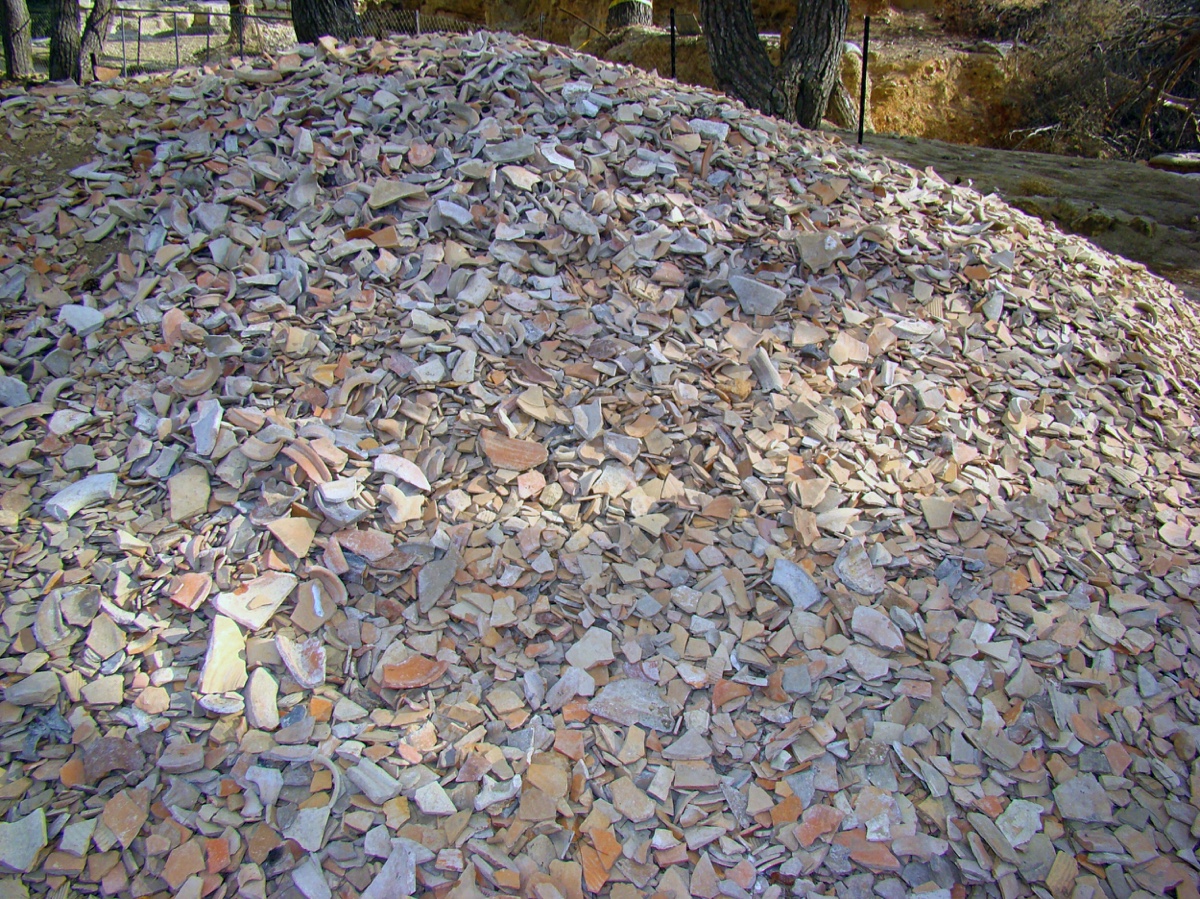
Image-2 Caption: Broken Pottery from Excavations at Ramat Rachel in Israel
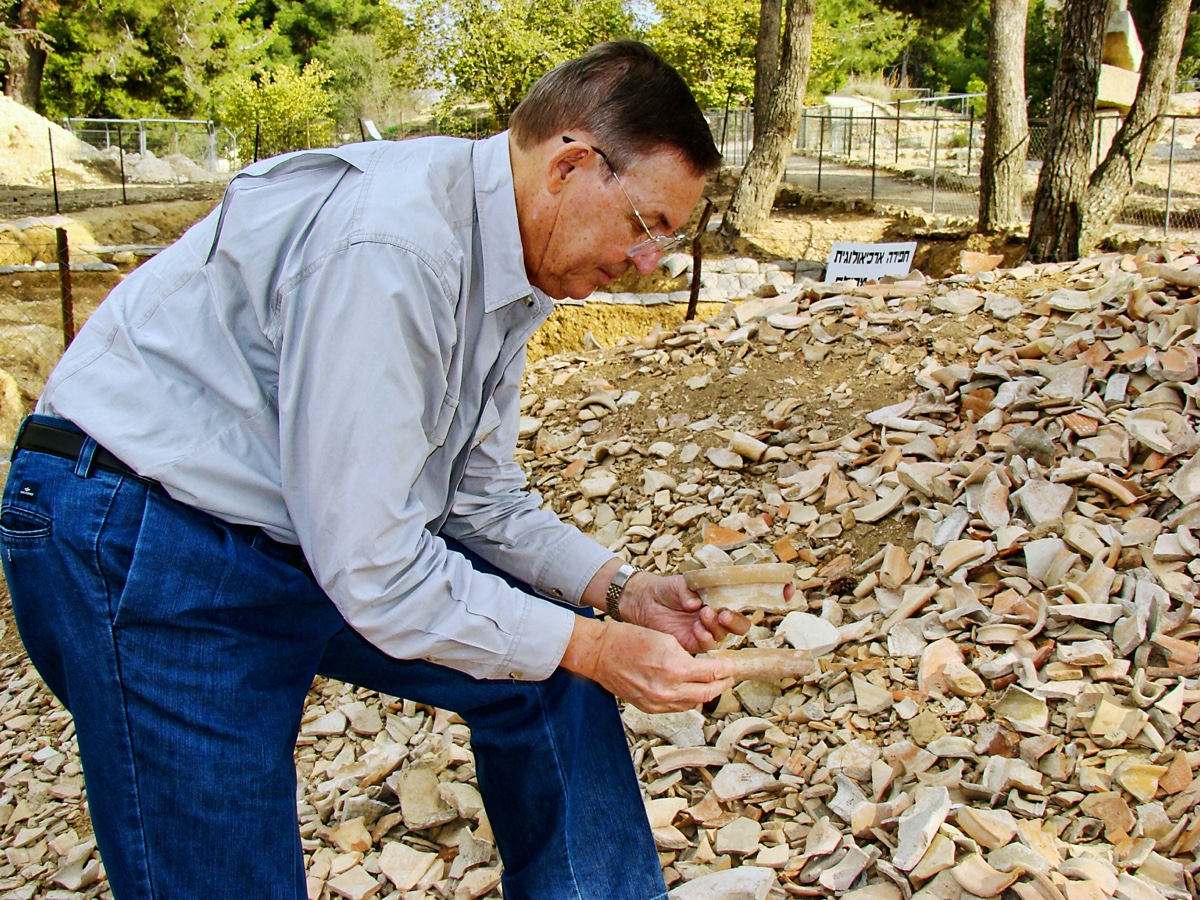
Image-3 Caption: Brother Ferrell Jenkins at Ramat Rachel

